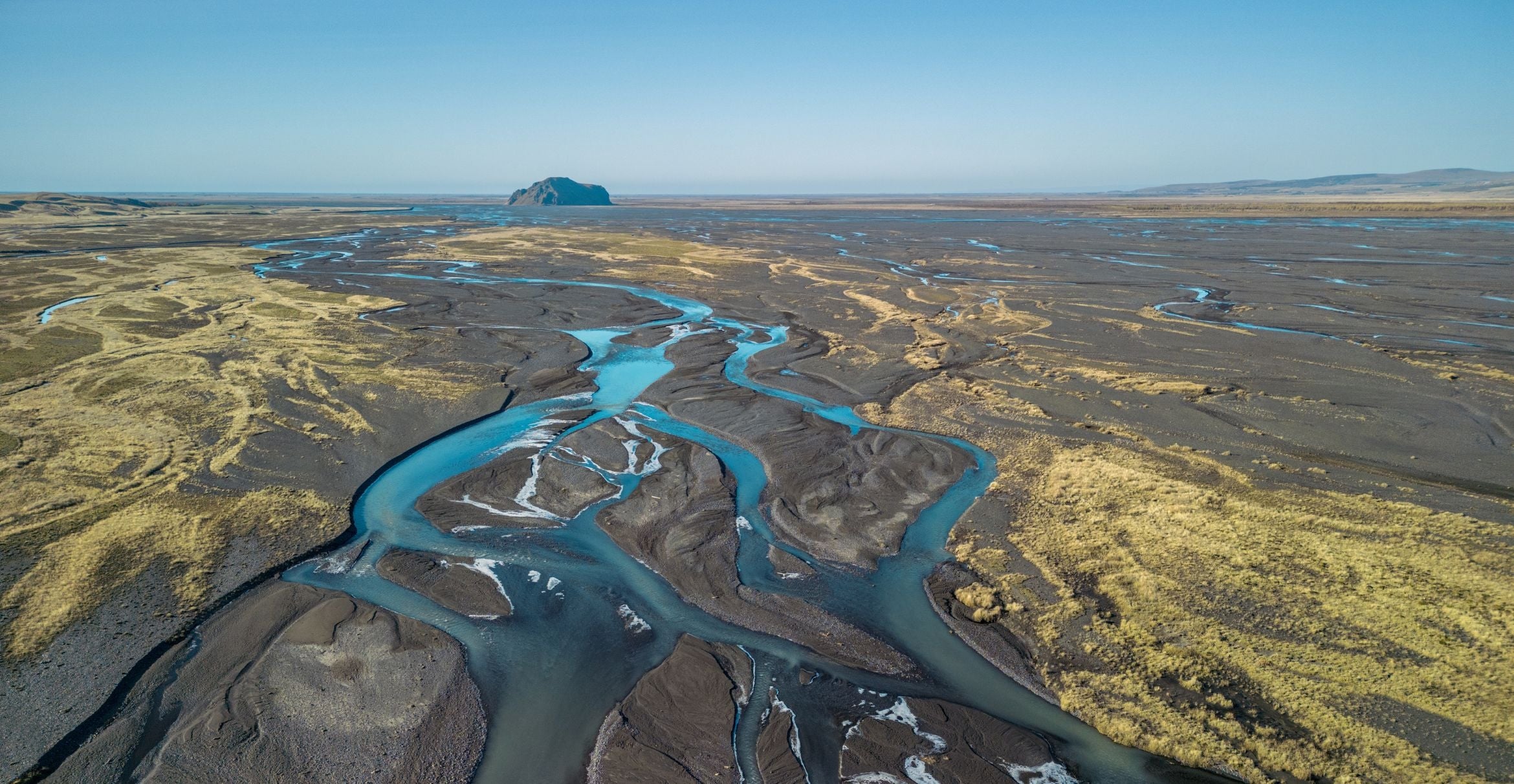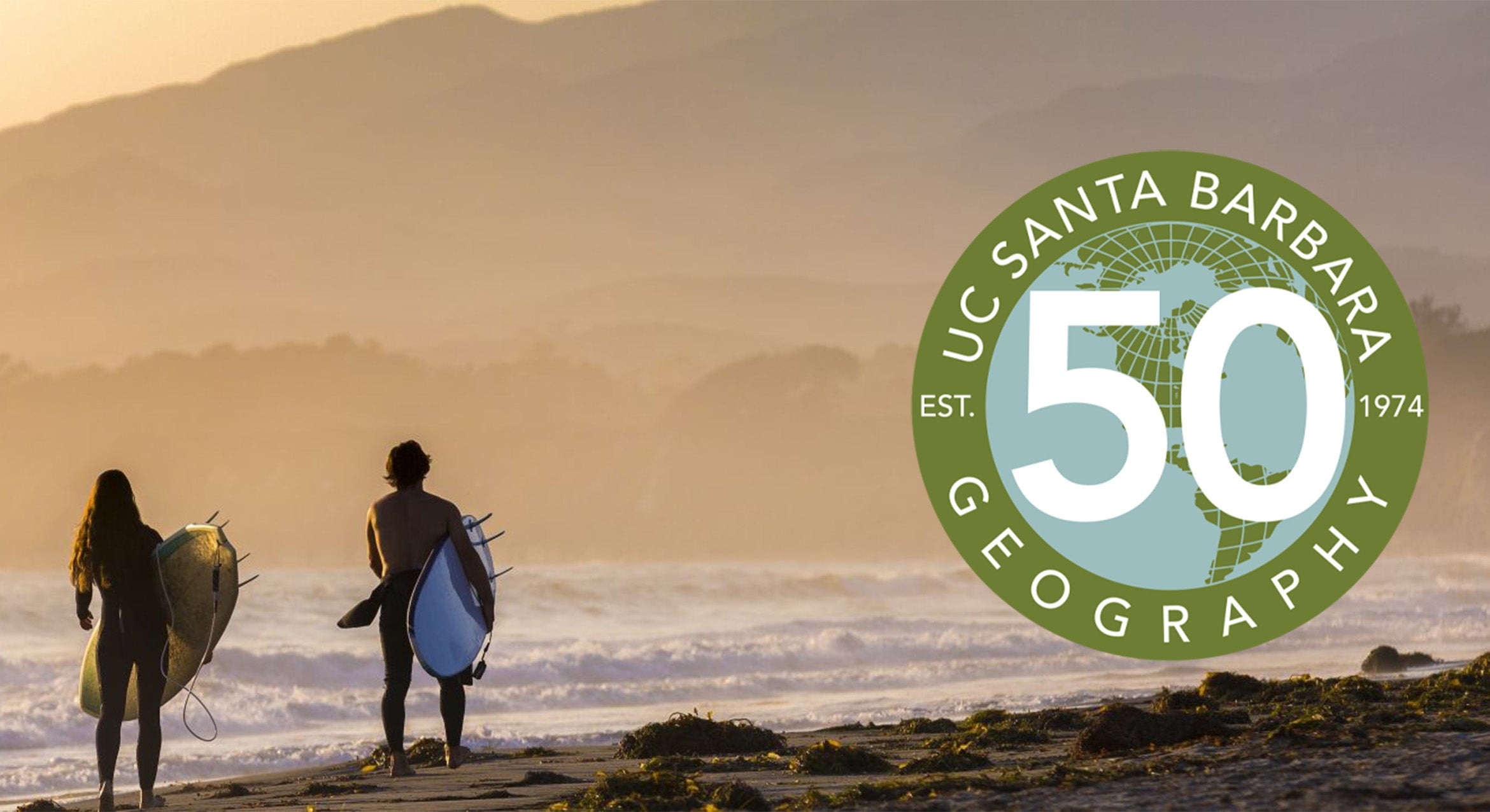What's Current in
Geography
Image

Photo Credit
Jing Yang via iStock
A desert oasis is perhaps the most striking example of a groundwater-dependent ecosystem.
Image
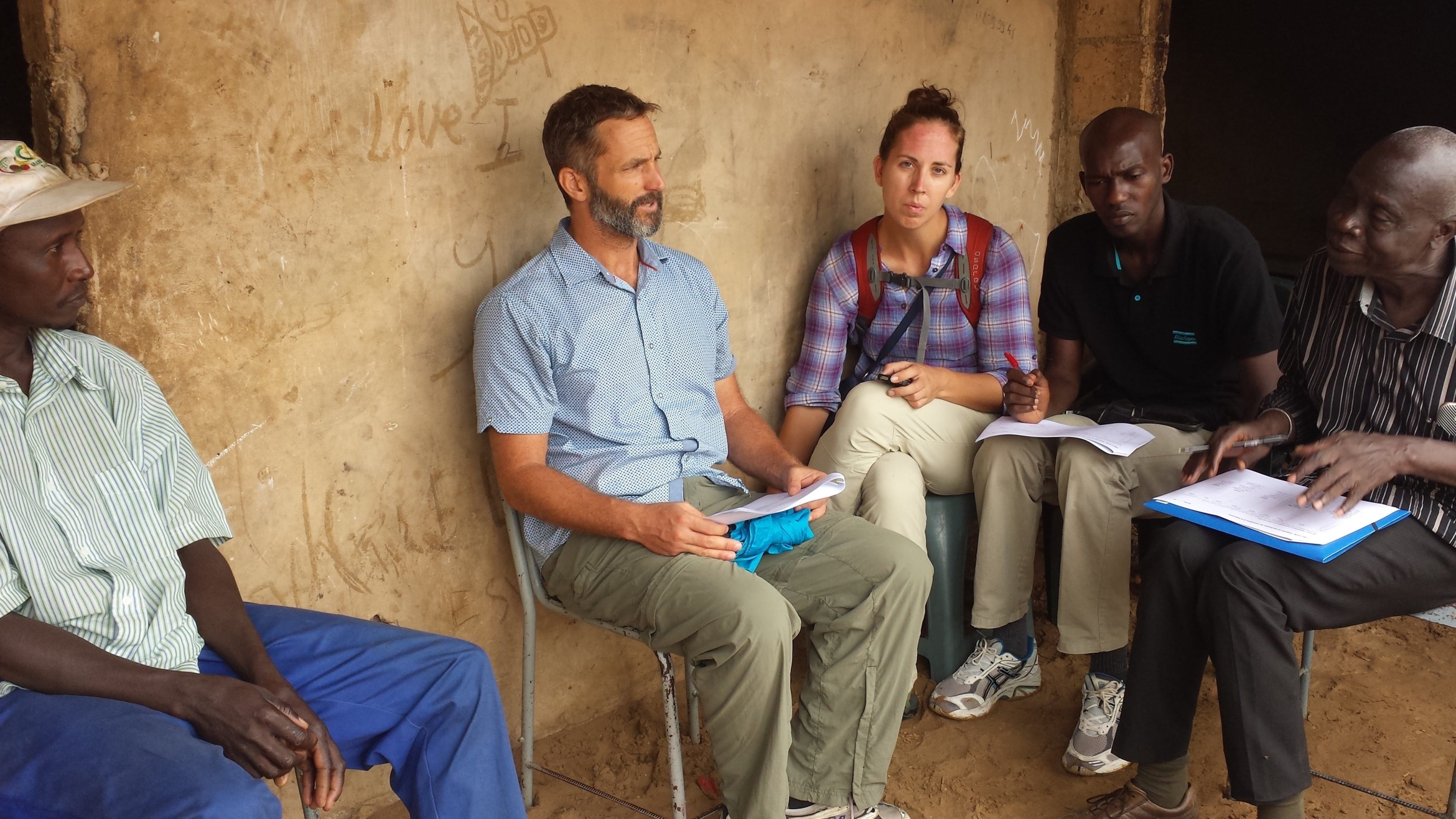
Photo Credit
Courtesy Image
UCSB geographer David López-Carr, center left, and Stanford University health and environmental scientist Andrea Lund, center right, working with Senegalese partners
Image

Photo Credit
Courtesy
S. Shailja PhD '24, electrical and computer engineering
Image

Photo Credit
Philip Hoeppli via iStock
Image
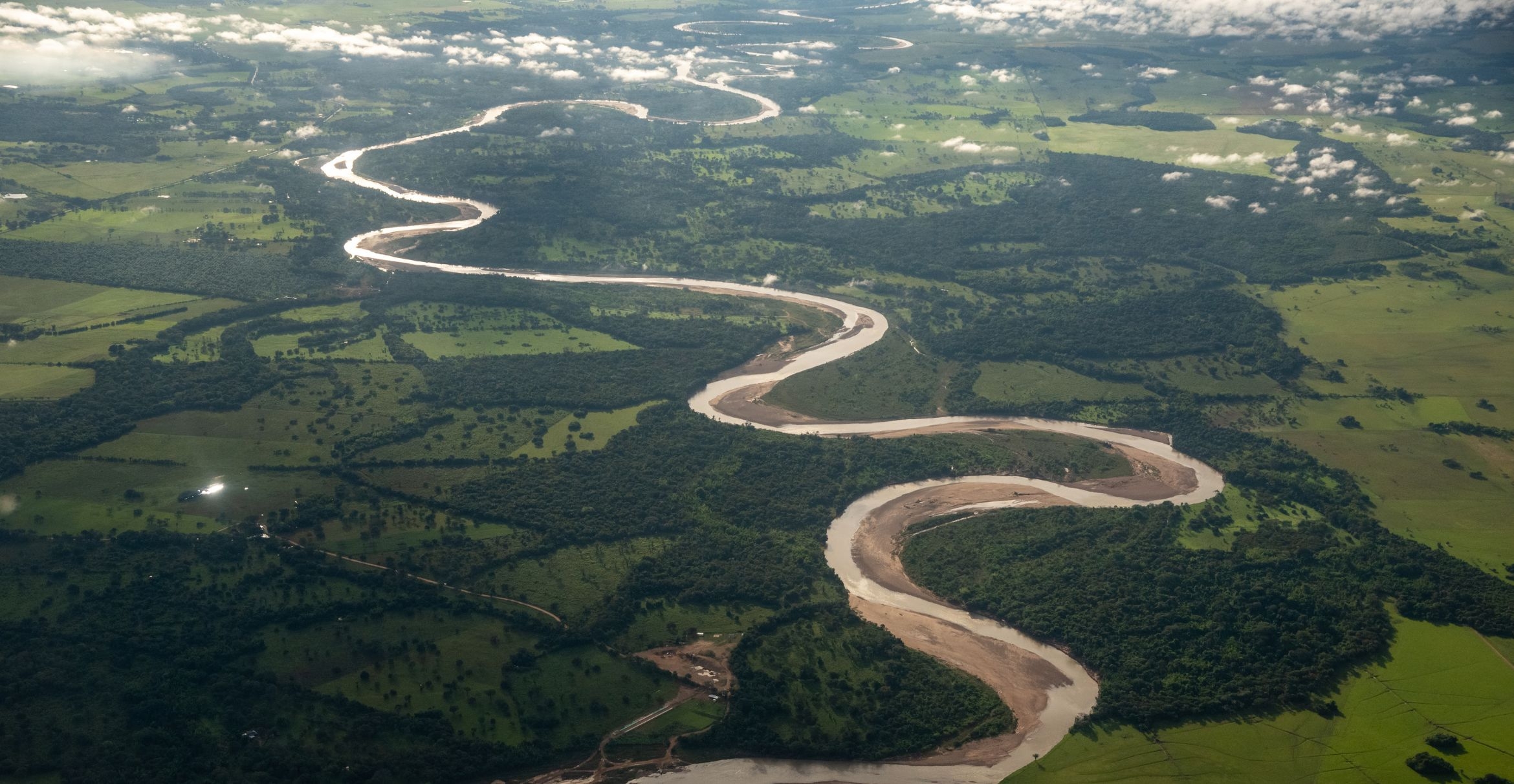
Photo Credit
EGT via iStock
Meandering rivers create a dynamic landscape, depositing sand bars and eroding steep banks as they undulate across their floodplains.
Image
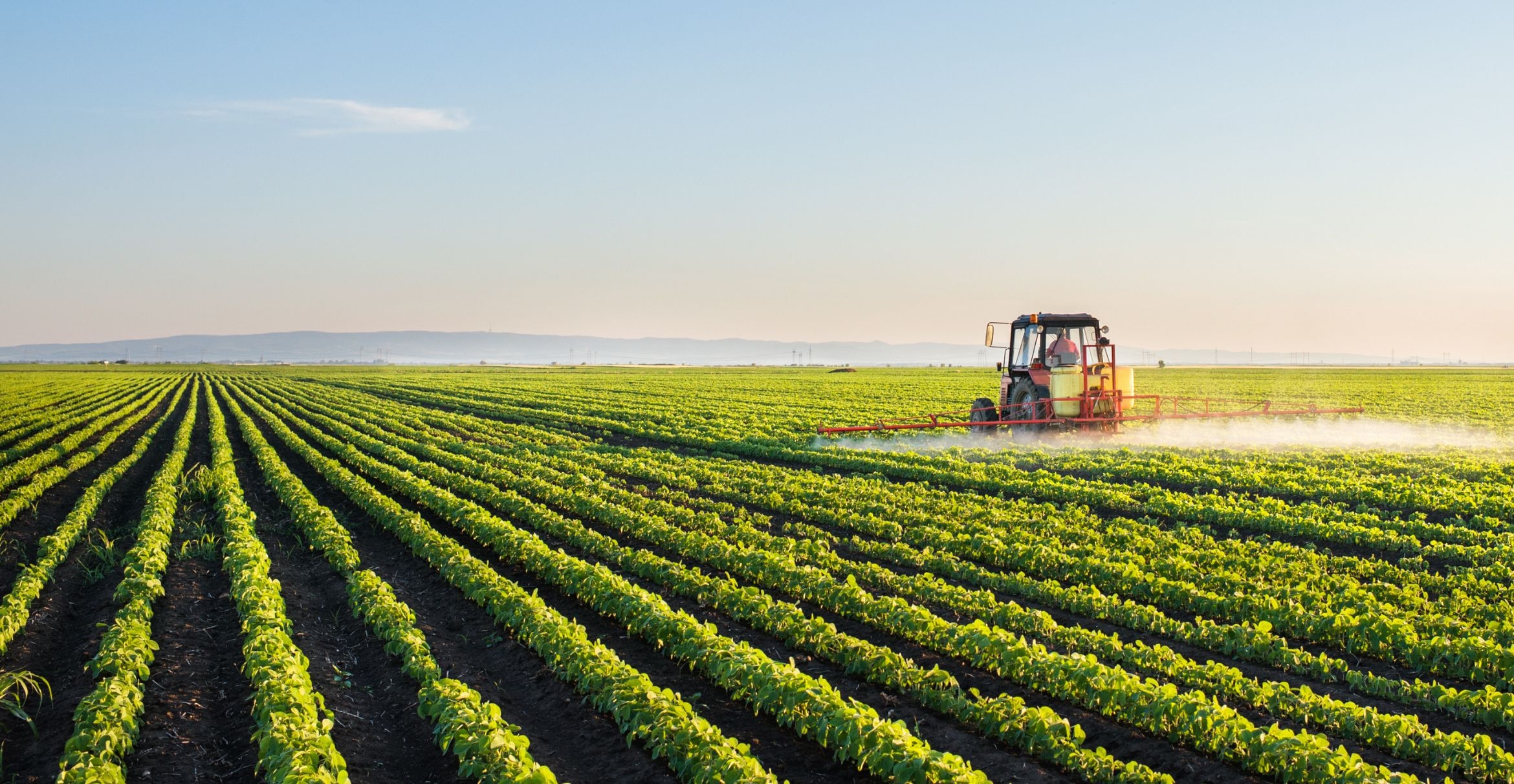
Photo Credit
Fotokostic vi iStock
Organic farming practices can increase pesticide use in neighboring, non-organic fields.
Image

Photo Credit
Alice Kitterman/U.S. National Science Foundation
